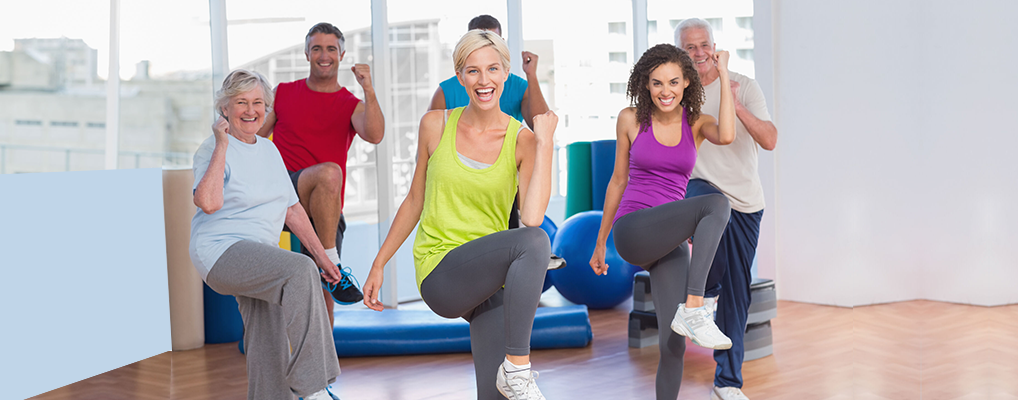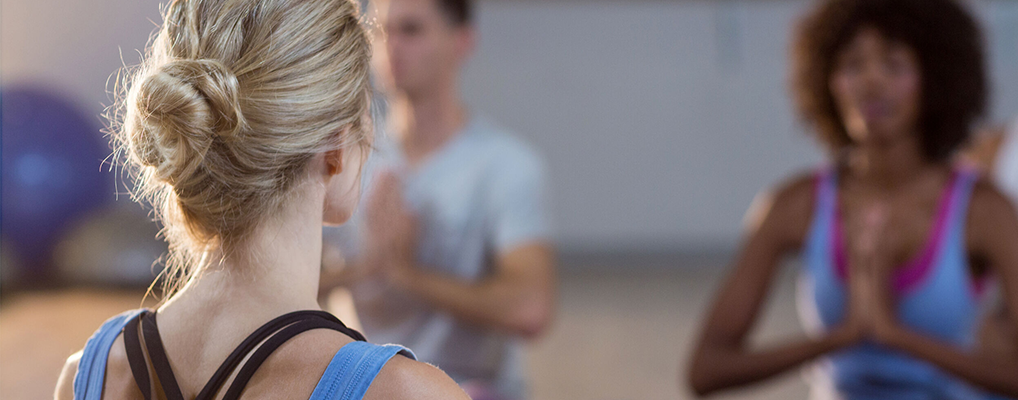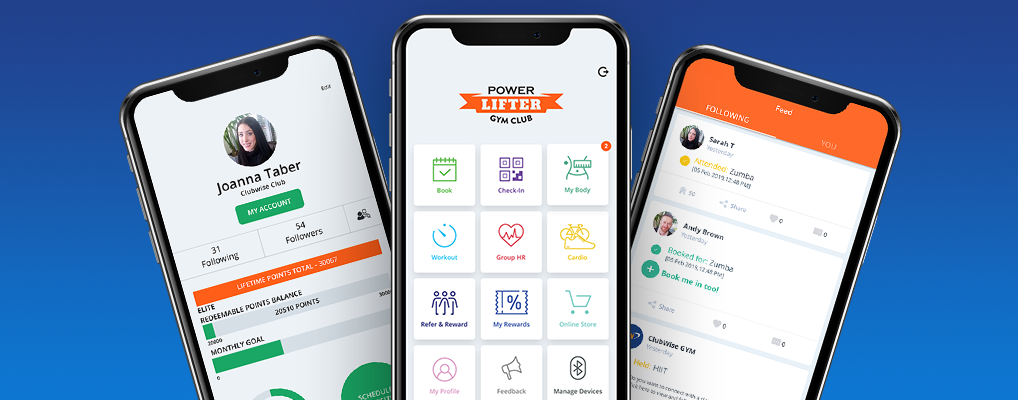The pandemic has brought many issues to light, but chief among them is the importance of mental health. Many people haven’t seen loved ones for more than a year, and others have lost friends and family to the pandemic. In-office employment has turned indefinitely into home-office employment, and people have grown increasingly impatient with one another — particularly at 30,000 feet.
Although the pandemic’s impact on mental health will echo for years to come, one thing is clear right now: Everyone is suffering. Even the 2021 Summer Olympics left us with a lasting slogan: “It’s OK not to be OK.”
The great news is that your club is uniquely positioned to help your members and employees overcome mental health struggles from the comfort of the gym. In this blog article, we’ll share three strategies for ensuring you’re prioritizing mental health at your gym.
1. Start by Combating Mental Health Stereotypes
Although 95% of adults believe that caring for their mental health is important to their overall health, only 26% prioritize mental health over physical health, according to an Aetna study. Physical fitness gains are easy to see (i.e., weight loss, more muscle), but mental health gains aren’t as easy to achieve — or see.

There are a few reasons that mental health takes a backseat to physical health:
- Stigma: Mental health is considered a taboo topic, so many people sweep the importance of managing mental health under the rug in favor of easy wins at the gym. In fact, in the United States alone, 51.5 million adults — nearly 1 in 5 — have a mental illness, but only 44.8% receive treatment.
- Uncertainty: Many people don’t know where to begin with mental health, so they avoid talking about it or addressing it altogether. They may also have negative past experiences around seeking help or think they can get over it with willpower alone.
- Confusion: Society tends to point toward physical factors like weight and BMI as measurements of health, but the truth is that stress, depression, and other mental health factors often play a larger role in physical health than people realize. According to the National Institute of Mental Health, stress may contribute to “heart disease, high blood pressure, diabetes, and other illnesses.”
But remember: Mental health isn’t only a topic of concern for those with a diagnosed mental illness. Everyone at every age, particularly as we’re in the midst of a pandemic, can benefit from less stress, anxiety, and emotional pain.
Your gym can help combat all three of these to help your members and employees grow stronger in mind and body. Start by creating a working environment that encourages employees to speak openly and comfortably about mental health topics. Your team may even have ideas for how you can bring different exercise plans or new modes of instruction into your club.
Also, when your team feels comfortable integrating mental health with physical health, they’ll feel more comfortable working with your club’s members on holistic plans for achieving mental and physical health.
2. Create Exercise Programs to Boost Mental Health
Your members are likely seeking ways to alleviate symptoms associated with depression, anxiety, eating disorders, or stress. Creating programs that help your members be present in their bodies through joyful movement is a great way to achieve both mental and physical health.

Focus on creating exercise programs or challenges that are fun, speak to what your members love doing, and don’t feel like a chore. The last thing someone who is trying to reach balance needs is another thing to add to their to-do list! Whether you encourage your members to try these out or build group classes around them, here are some exercises that support mental health:
- Boxing: Boxing or kickboxing takes you out of your head and into your body. It’s a great way to release tension or anger, and it helps build confidence and a positive sense of self.
- Yoga: With a basis in spirituality, breathing, and meditation, yoga is accessible to just about anyone at any level of experience. According to Harvard Medical School, yoga may elevate levels of gamma-aminobutyric acid (GABA), a brain chemical that is associated with better mood and decreased anxiety.
- Walking: The great thing about walking is that you can choose your intensity, and the world is your oyster. Whether walking in a park, on a gym treadmill, or at home, walking is a great way to improve mood, cognition, memory, and sleep, as well as reduce stress and tension, according to the Mayo Clinic.
- HIIT: High-intensity interval training might not be the first thing that comes to mind for boosting mental health, but a University of Texas study found that HIIT can boost a brain chemical called BDNF, which helps with cell repair, cognitive function, and mood regulation.
- Dance: UCLA researchers found that 98% of dancers surveyed said free-moving, conscious dance improved their mood, helping them to let go of stressful thoughts and giving them greater confidence and compassion.
Overall, any regular cardiovascular exercise can prompt new blood vessel growth and neurogenesis — a process where new brain cells grow in certain places — to support brain health. Exercise delivers a “dramatic antidepressant effect,” according to David Linden, a professor of neuroscience at the Johns Hopkins University School of Medicine, which can blunt the brain’s response to emotional and physical stress.
3. Support Meaningful Choices with Technology

If your club has an app — and you really should — you can set personalized habit reminders for your members and employees. Or let your members set their own healthy habits to track so they can prioritize the goals that mean the most to them.
Additionally, your personal trainers can create customized, holistic exercise or nutrition programs that support your members’ resilience and positivity. Then, members and staff can communicate about how they’re doing or what they’re struggling with.
You can also partner with apps like Headspace or Calm so your staff members — and/or club members — have access to meditation and wellness opportunities on their fitness wearables or mobile devices.
Get Started: Prioritize Mental Health at Your Fitness Club
The more that you can help your members tackle mental health alongside physical health, the more you create a meaningful gym experience. As members feel more connected to your club and see how your business prioritizes achieving overall health, you’re destined to see an increase in member satisfaction and retention rates.
Learn more ways to engage your members, pull in more prospects, and deliver the best experience possible by downloading our free e-book, Everything You Need to Know About Marketing Your Fitness Club.
